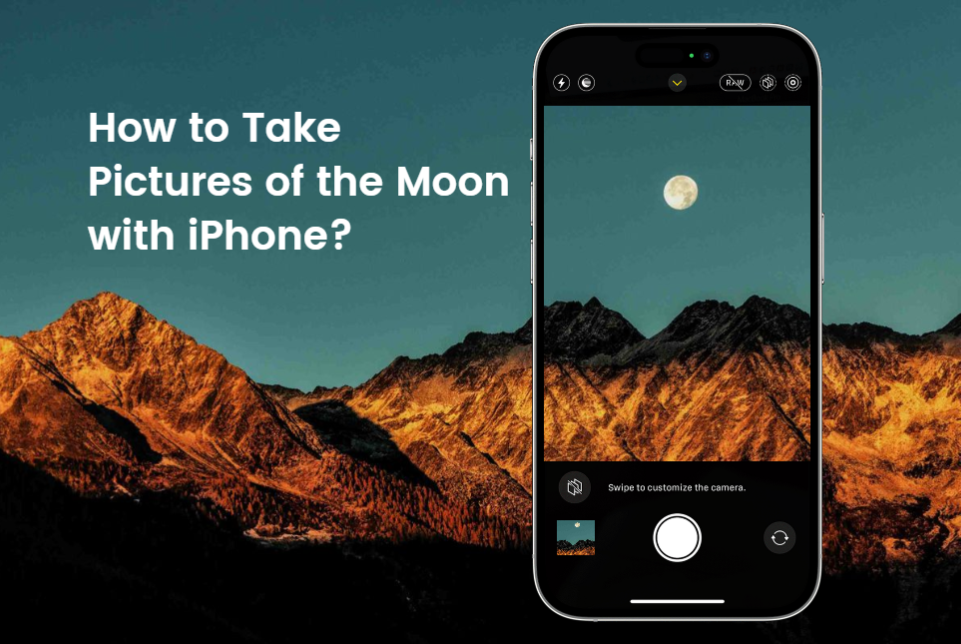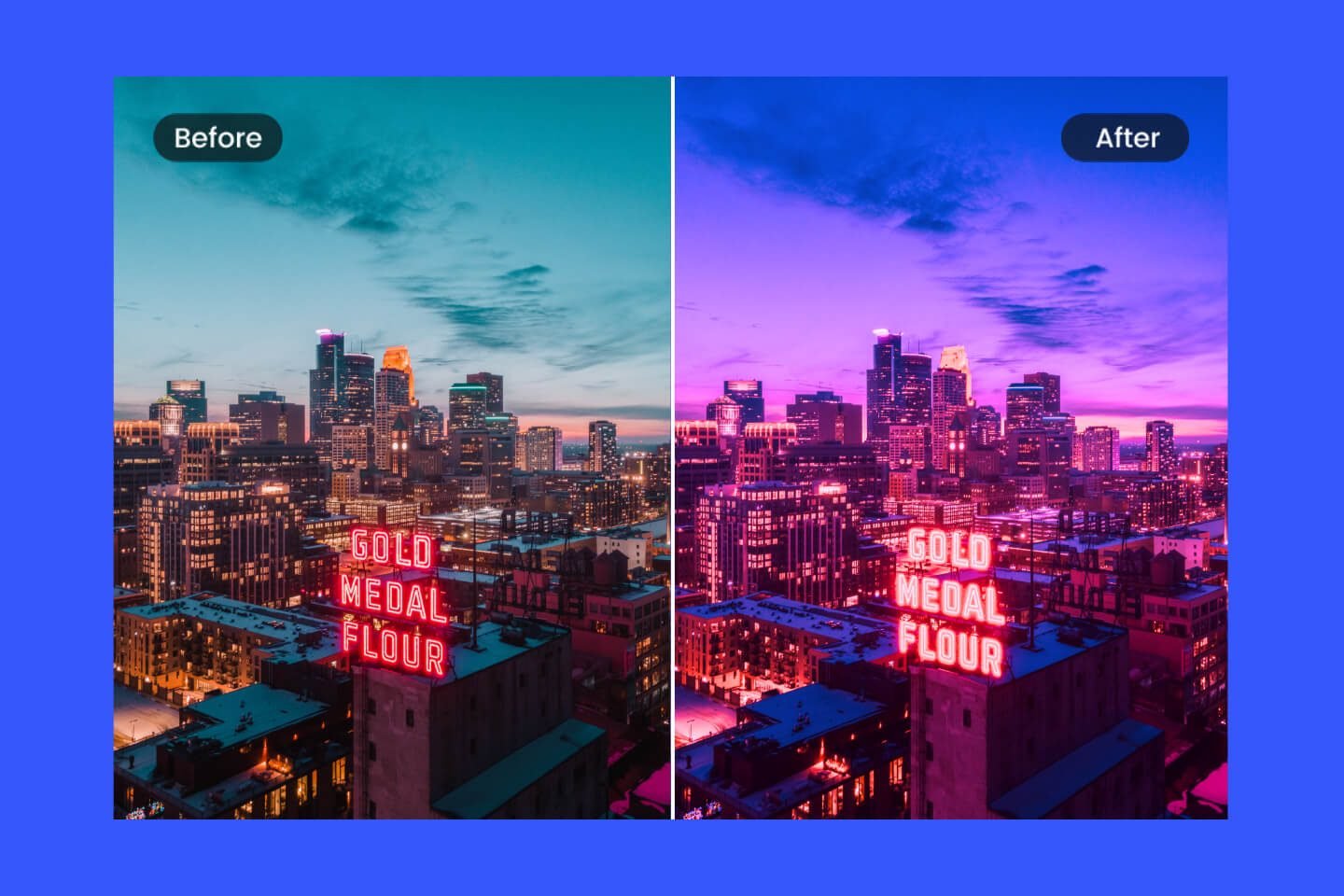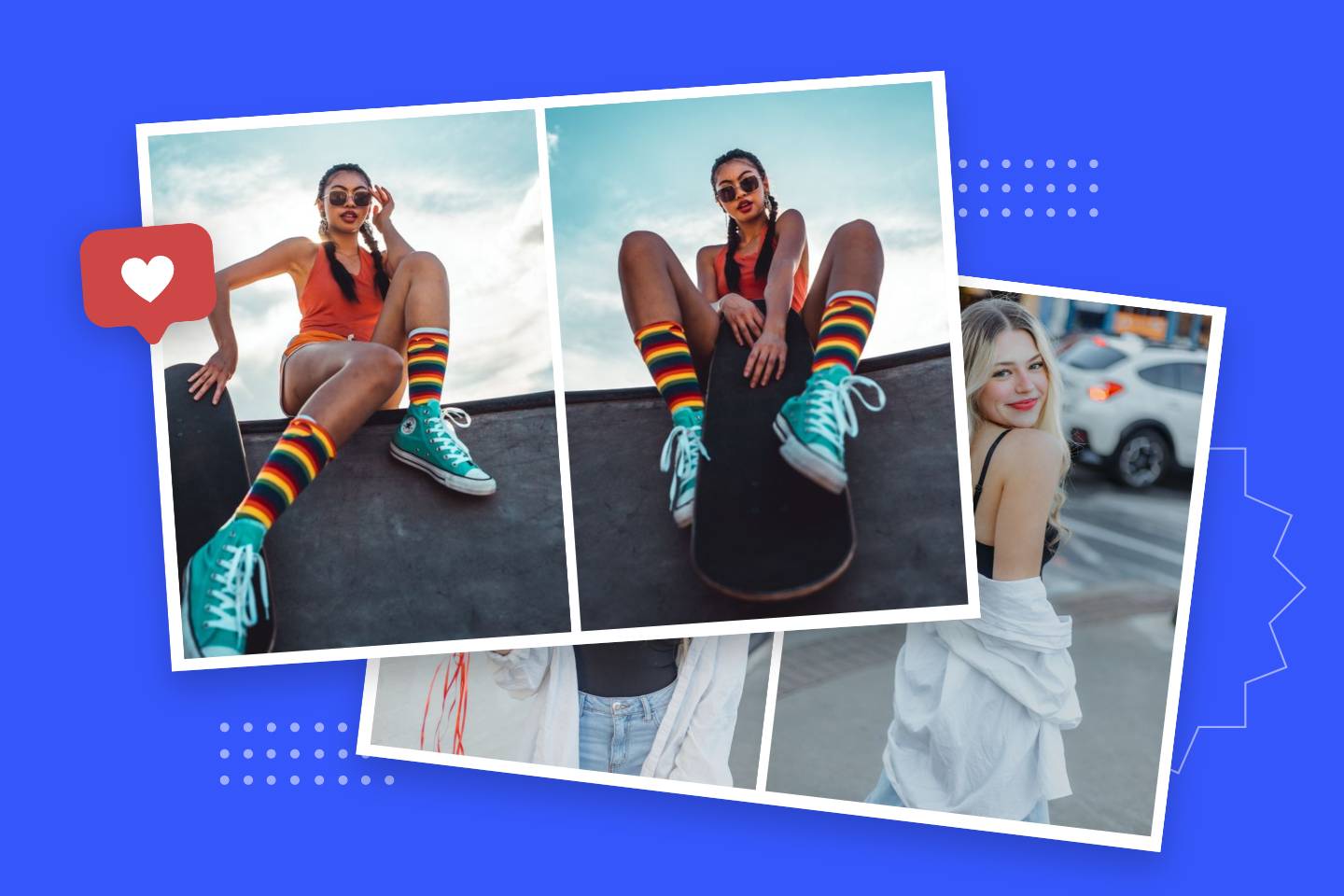7 Tips for Shooting Best Car Photography: A Complete Guide
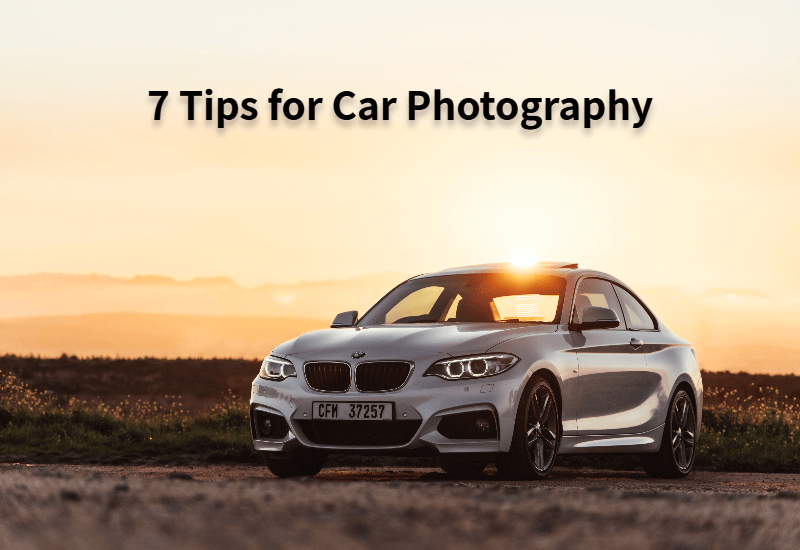
If you're an automobile enthusiast or a budding photographer looking to capture the beauty and power of cars through your lens, you've come to the right place.
In this comprehensive guide, we'll share 7 invaluable tips that will elevate your car photography skills and help you capture cool pictures of cars. From selecting the right equipment to mastering composition techniques, lighting considerations, and post-processing tricks, we will delve into the key points that contribute to shooting stunning car images.
What is Car Photography?
Car photography is a specialized genre of photography that focuses on capturing images of cars. May be used for a variety of purposes including but not limited to automotive advertising, marketing campaigns, magazine features, auto shows, and personal projects. The goal is to create compelling imagery that evokes emotion and conveys the essence of a car, whether it is a luxury sports car, a retro classic, or an off-road vehicle, in order to attract the target audience for sales and presentation purposes.
To create eye-catching car photo shoots, automotive photographers pay attention to various factors such as location selection, lighting conditions, background selection, angles, and creative composition. They may shoot cars in different urban environments, and natural landscapes to enhance the visual impact.
Preparing for Car Photography
In order to shoot best photos of cars, you need to do a professional preparation, including the two main equipment of the camera and the lens.
1. Best Camera for Car Photography
In all preparations, the first thing you need to do is learn about professional camera equipment for car photography. Choosing the best camera for car photography depends on a variety of factors, including personal preference, budget, and specific requirements.
But the most important is still to choose according to your specific requirements for automobile photography. For example, if you are shooting stationary cars, you can use a simple set of gear. But if you want to capture vehicles in motion, you may need a whole other set.
2. Best Lens for Car Photography
Lenses play a vital role in automotive photography as they directly affect image quality, perspective and creative possibilities. Different lenses have different effects.
- Focal Length and Perspective:
Wide-angle lenses can capture a broader field of view, making them suitable for capturing the car in its environment or emphasizing the surroundings. Standard lenses (usually 35mm or 50mm) provide a more natural perspective. And Telephoto lenses can compress the perspective, making them useful for isolating specific details or capturing cars from a distance.
- Depth of Field and Background Blur:
Wide-aperture lenses (e.g., f/1.4, f/2.8) allow for a shallow depth of field, resulting in a blurred background while keeping the car in sharp focus. Smaller apertures (e.g., f/8, f/11) provide a larger depth of field, keeping more of the scene in focus.
- Distortion and Perspective Correction:
Wide-angle and fisheye lenses can cause aberrations that can make a car look stretched or distorted, so it is not a common lens option. It is recommended to use a lens with minimal distortion, such as a fixed focal length lens, to help minimize the need for post correction.
- Lens Flare and Reflections:
When shooting directly into a light source, lens flare, and dazzling light reflections can occur. These artifacts affect image quality and can distract the car. A high-quality lens and lens hood with a good anti-reflective coating are recommended to reduce flare.
7 Tips for Car Photography
With the prep work done, let's get down to business and learn about the best car photography tips.
1. Shoot in the Right Time and Light
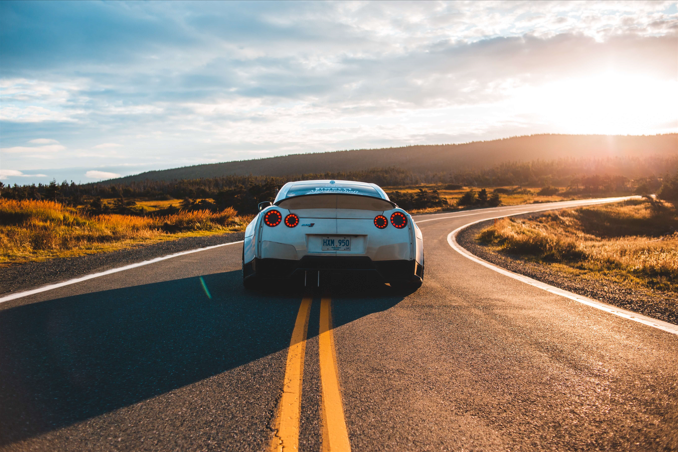
The timing and lighting conditions play a crucial role in car photography. Remember, the golden hour is the best time to do car photography - which is shortly after sunrise or just before sunset. The light is particularly soft, warm, and golden at this hour, giving the car's lines and silhouette a natural, appealing shine. Note, avoid shooting in strong midday sunlight as it can cause strong shadows or overexpose the photo.
2. Choose a Good Place & Background
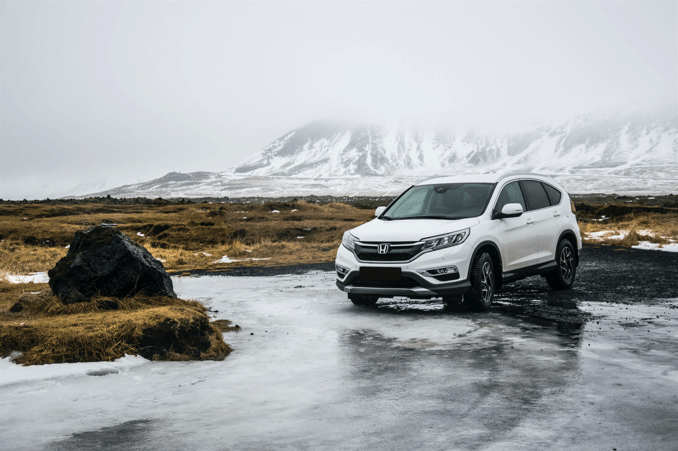
The second must-have tip for taking car pictures is finding locations to photograph that complement the car aesthetic and reflect its personality. Urban environments with interesting architecture, open roads with scenic landscapes, or secluded areas with unique textures can add depth and context to your images.
One thing to keep in mind is to choose locations that go well with the type of car. For example, if you're shooting a vintage car, then your background could be a street with a vintage atmosphere, a forest trail, or a wide open field like the cover of the movie Green Book to create the ultimate contrast. If you are shooting off-road vehicles, then wilderness and mountain tops are good options.
Of course, if you don't have the budget, you can also replace the background of your car photos in photo editors.
3. Best Car Photography Angle & Pose
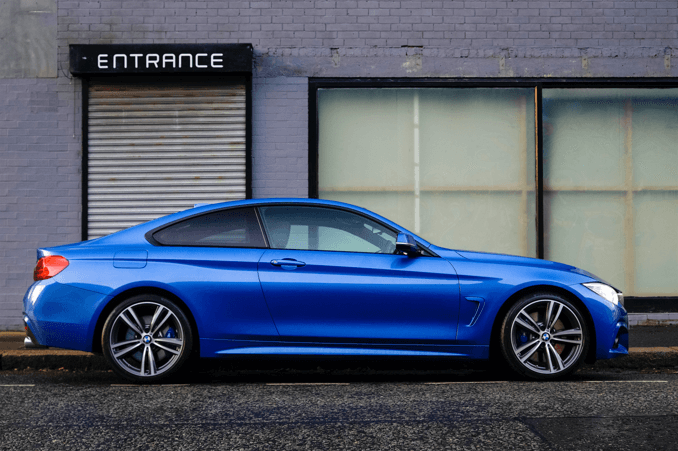
Try out different angles and poses when taking pictures of the car. Instead of shooting from eye level, try capture from lower angles to emphasize the car's presence and make it appear more dynamic. Get close to capture intricate details, or step back to include the surroundings for a contextual perspective. The unique features and personality of the car can be highlighted by changing the shooting positions and poses.
4. Capture Motion and Stillness
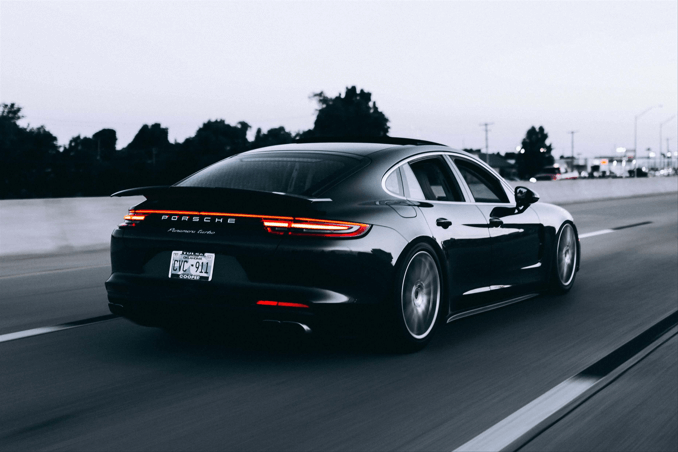
To add a sense of dynamism and excitement to your car photographs, consider capturing both motion and stillness. You can achieve this by utilizing techniques such as panning or motion blur. Panning involves tracking the moving car with your camera while using a slow shutter speed to create a sharp subject against a blurred background, giving a sense of speed. Conversely, capturing a car in stillness can allow the viewer to appreciate its design and craftsmanship.
5. Night Car Photography
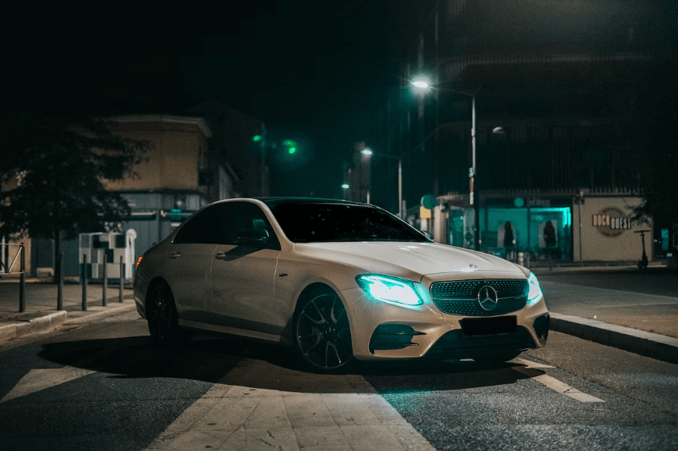
Nighttime presents a whole new opportunity for creative car photography. Shooting a car at night can result in dramatic and captivating images, especially when the car's lights and reflections play a prominent role. To capture stunning night car photographs, use a tripod to keep the camera steady, select a low ISO to reduce noise, and experiment with long exposures to capture light trails or starbursts from streetlights and other light sources.
6. Don’t Neglect Interior Photography
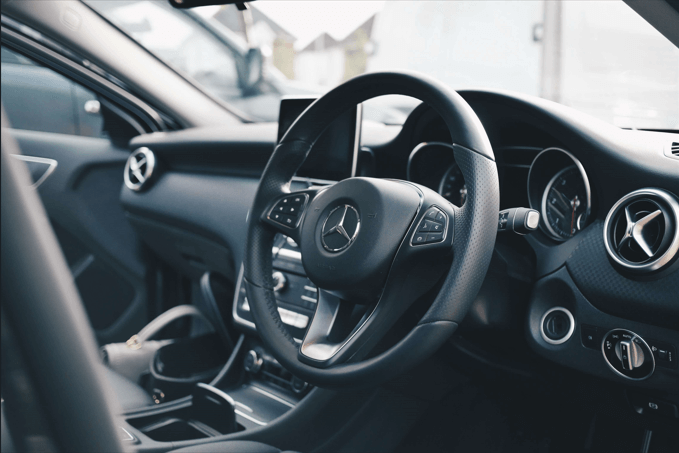
Whether in car sales advertisements, station promotional pictures or magazine images, interior photography of a car is an indispensable link. In addition to the appearance of the vehicle, car fans also attach great importance to the internal structure and features. After all, they will be inside the car for a long time! The interior of the vehicle is usually a little dark. When taking interior photos, it is recommended to turn on the light or open the door and let more light in.
Detail photos are crucial for interior images of cars. Capturing the details of the steering wheel, the stitching on the seats, the leather texture of the seats, and any other special features, even under-the-hood photos can generate excitement among fans!
7. Edit Car Photo Using a Professional Car Photo Editor
Once the shooting is complete, your final responsibility is to edit your car pictures to make them look better. This task is frequently challenging. Professional photographers typically use sophisticated photo editors, such as Photoshop, to enhance pictures of cars. However, for beginners or hobbyists, the process of learning to use it can be quite demanding.
Fortunately, Fotor is a user-friendly and easy-to-use car photo editor that lets you boost the impact of your automotive photography without any editing experience.

Professional all-in-one photo editor. A wide range of advanced built-in AI photo editing features is provided, such as background removal, object removal, resolution enlarging, photo retouching, etc.
Enhance your editing experience and improve your workflow.
Millions of HD stock photos are available, helping you create visual content easily.
By using the AI photo enhancer tool, you can enhance your car photos with one click, including brightness and image quality, without complicated procedures. Removing car image backgrounds and replacing them with professional backdrops that increase sales is also a breeze for Fotor, the automatic photo background remover allows you to completely and naturally remove cluttered backgrounds in seconds. In addition, you can quickly remove unwanted objects in the image, such as passers-by or utility poles, with the help of Fotor's object remover.
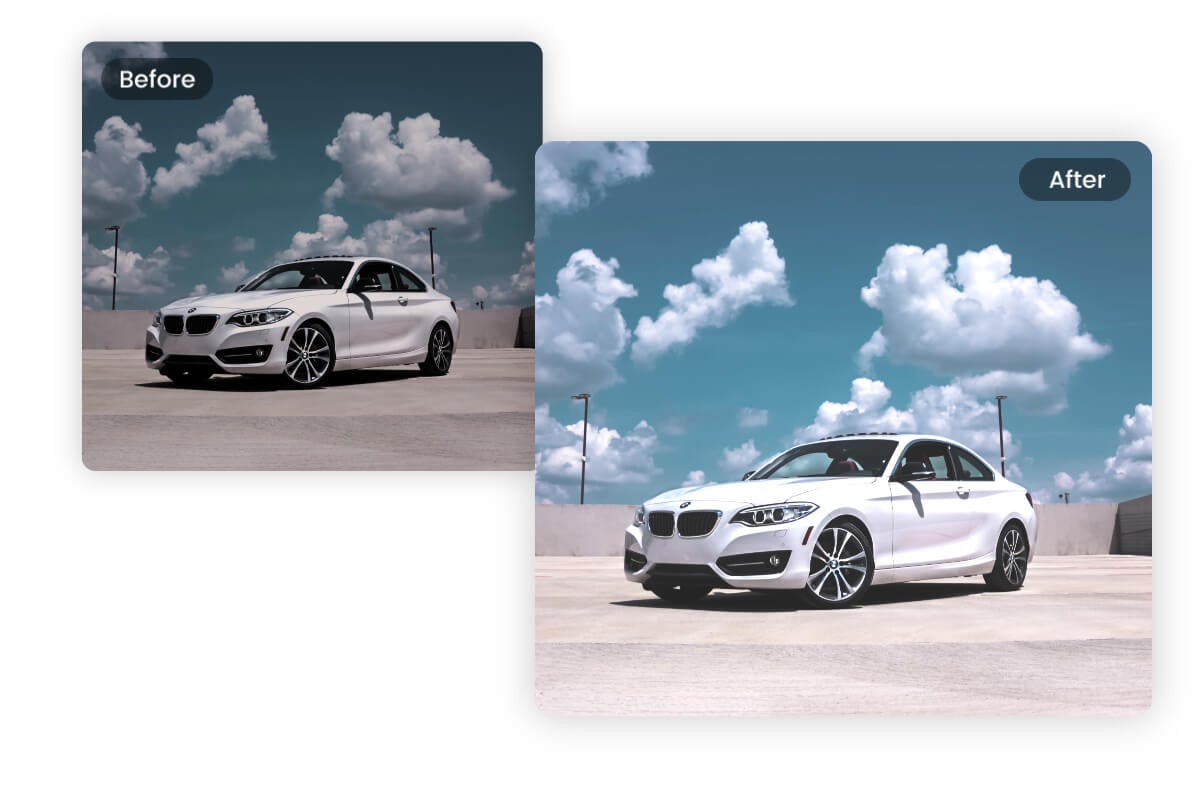
The best part? Fotor even provides editable car poster templates, just upload your own car image and adjust the text, font, color and other creative design elements to get a professional car promotional design to boost sales.
In addition to these specific tips for automobile photography, here are some general considerations to keep in mind when photographing cars:
- Clean and prepare the car beforehand to ensure it looks its best.
- Ensure the safety of the shooting environment.
- Try different shooting styles to find the one that works best for you.
- Don't be afraid to try new technologies, combine the power of technology to create the cool car pics.
Conclusion
Car photography offers a fantastic opportunity to combine your passion for automobiles with the art of photography. By following these tips, you'll be well on your way to shooting striking car photographs. So grab your camera, find the perfect location and angle, and start capturing the essence of the automotive marvel.


